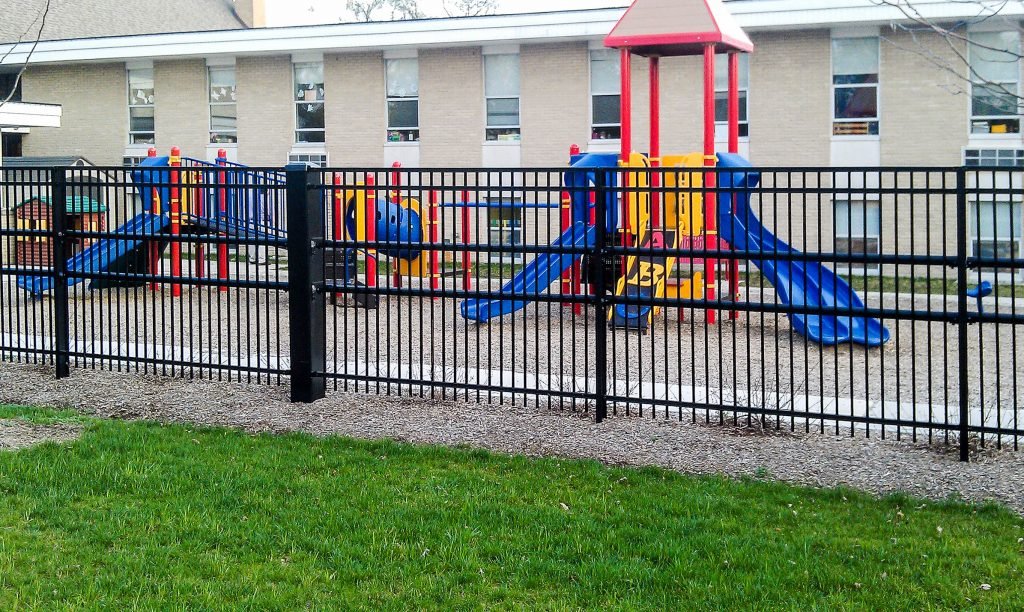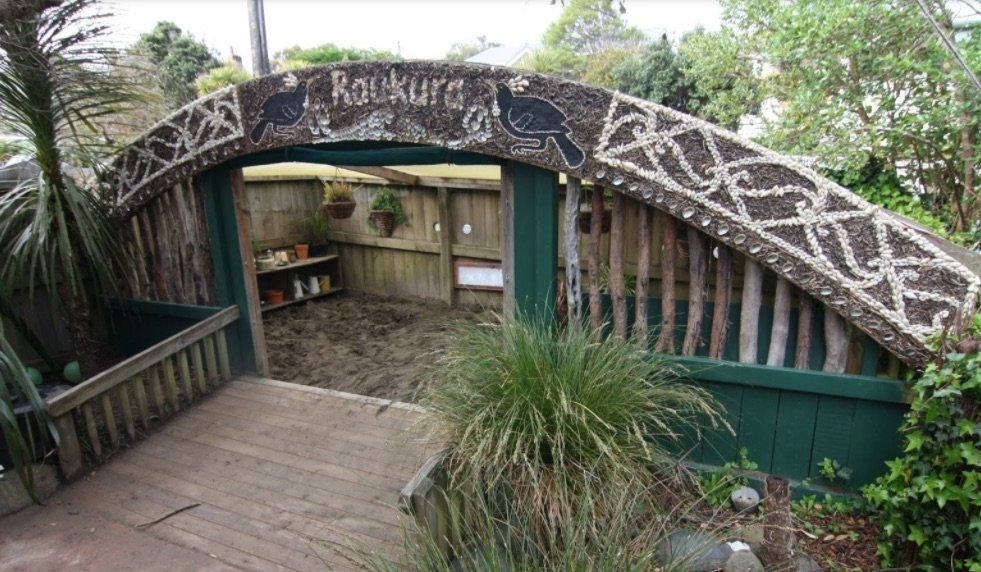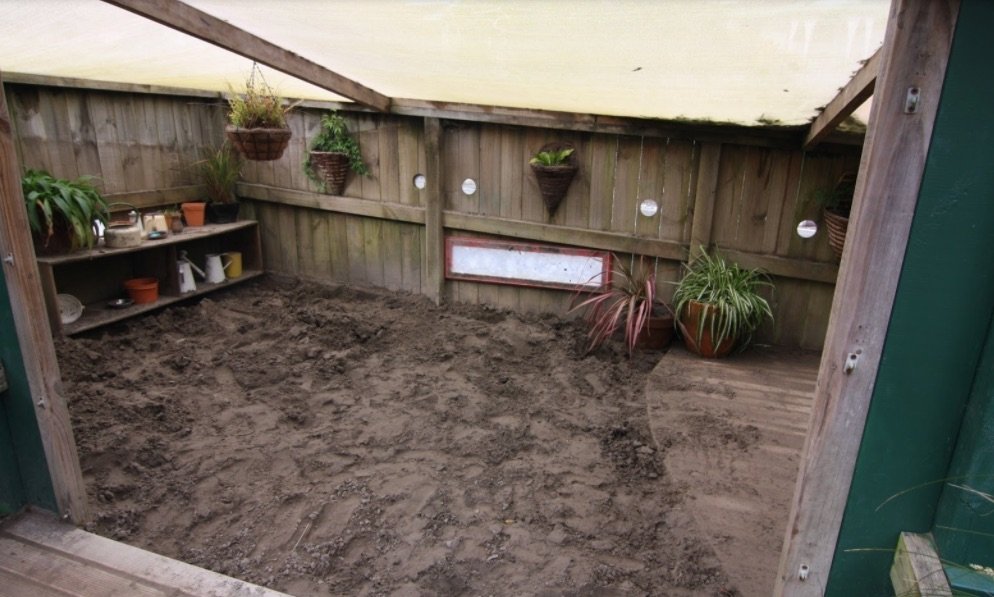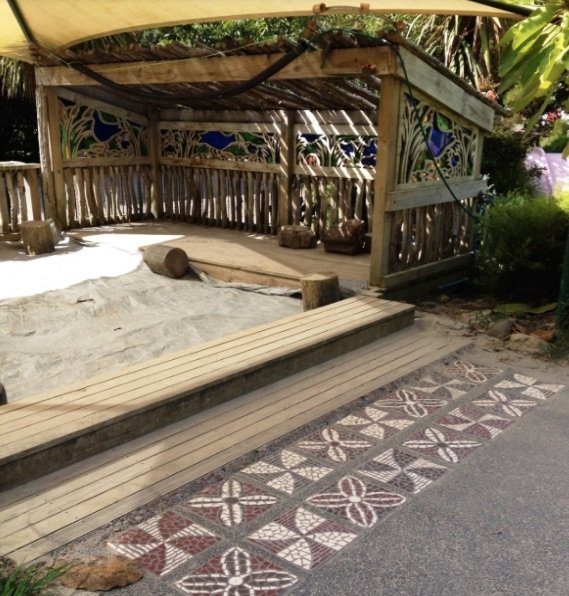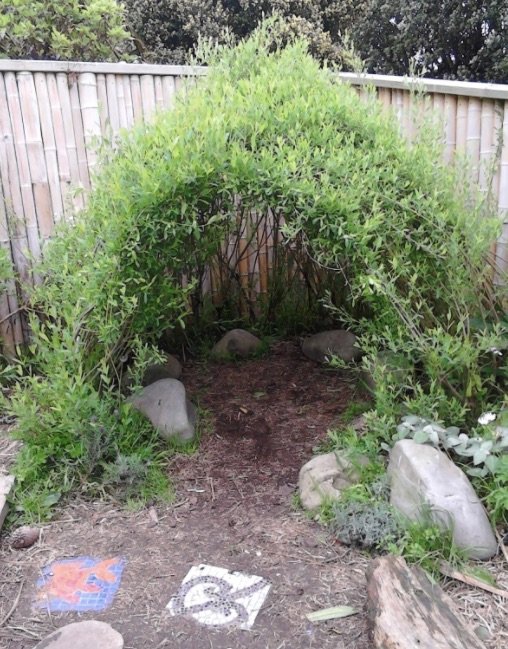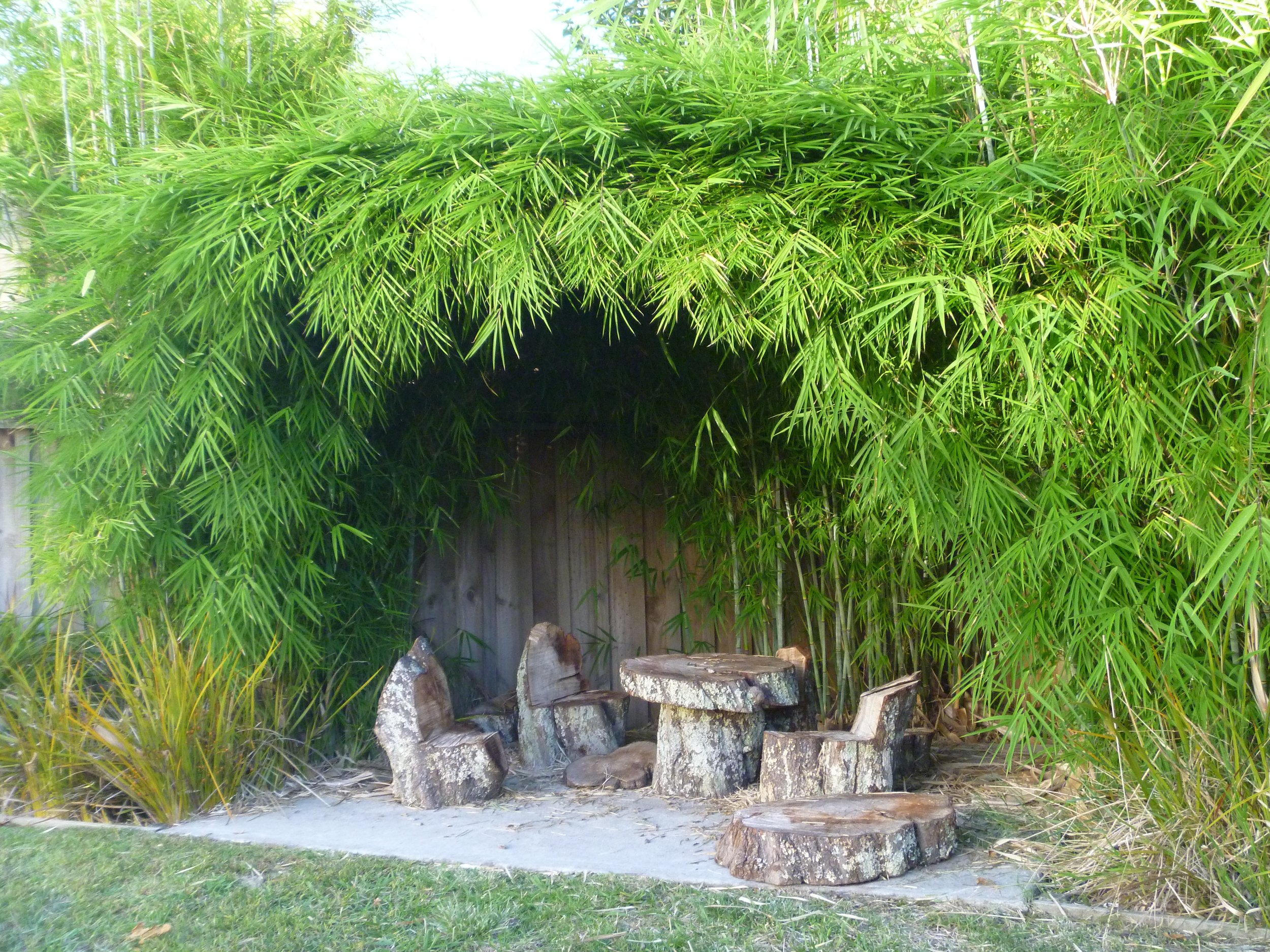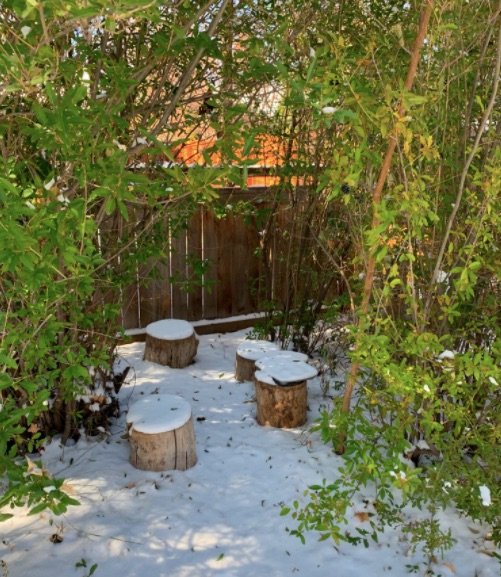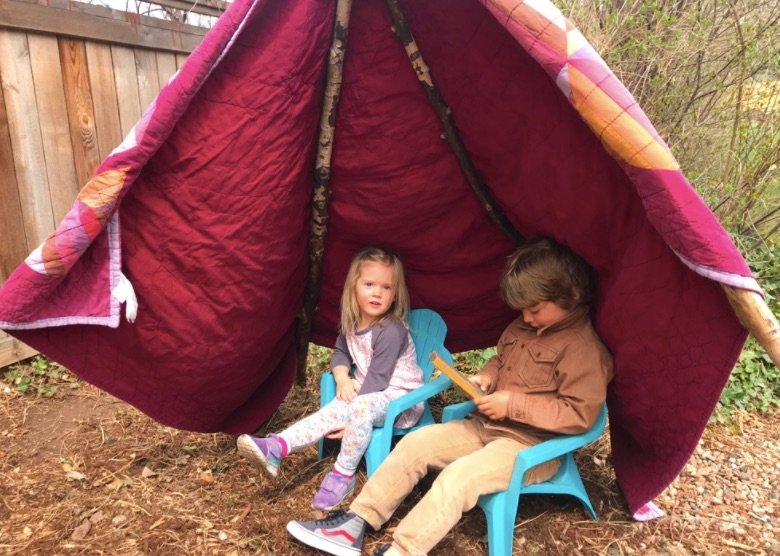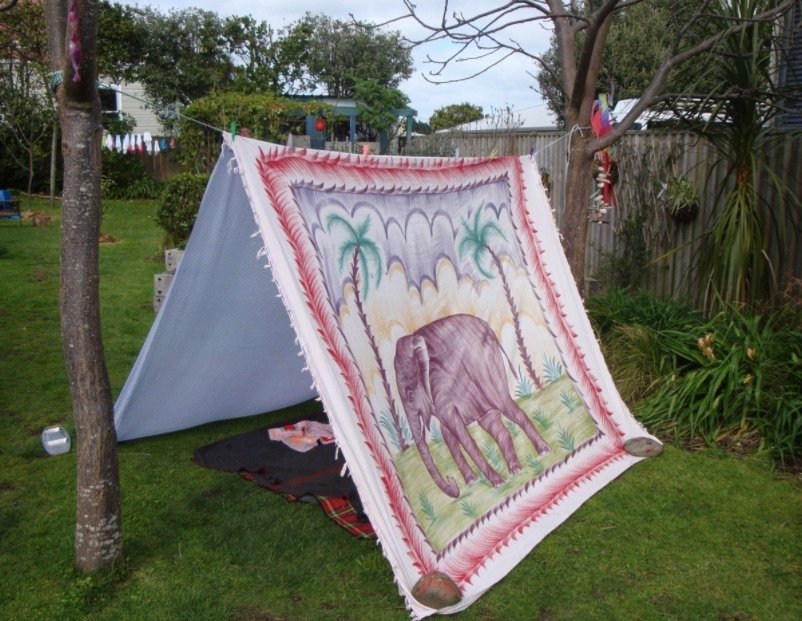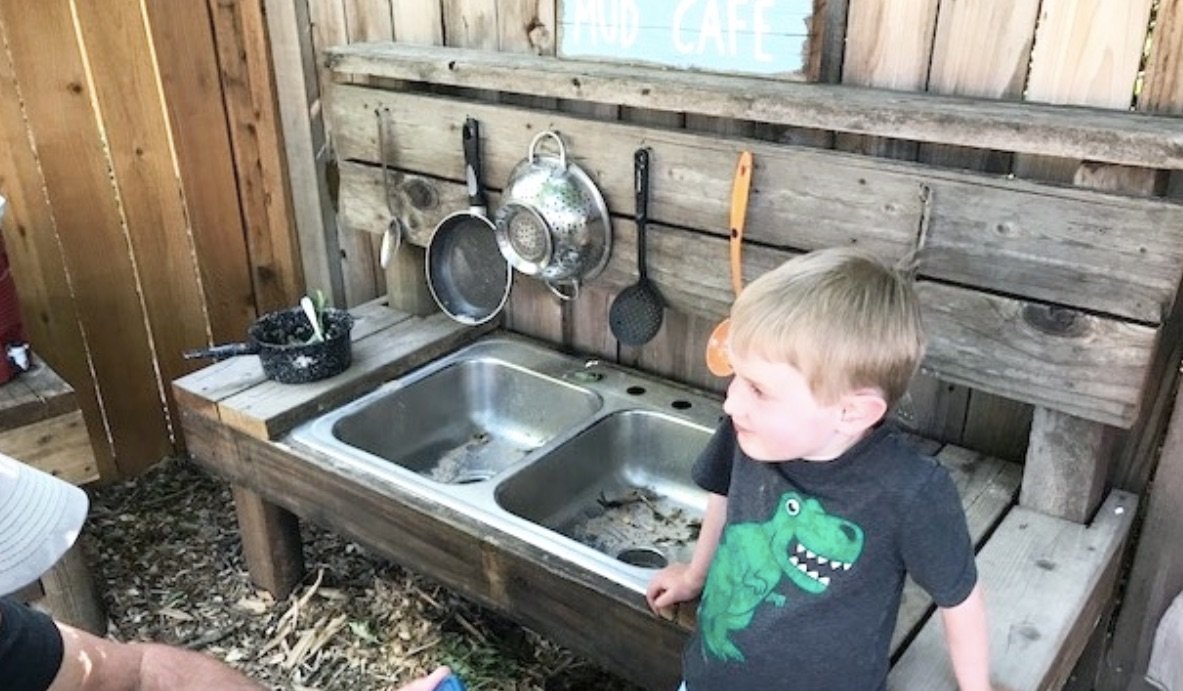Creating a Natural Play Area with Protected Spaces
As a child, you might remember the special outdoor spaces of your youth. Perhaps it was the treehouse or fort in your backyard. Or a cluster of trees where you played until dark without adults nearby. Throughout the course of human history, there is a biological urge to find these hidden spaces away from others to feel safe and protected. For children, these spaces are appealing as they also offer unlimited imagination play. We like to call these special areas in our outdoor environments, protected spaces. Creating protected spaces is one of the foundational ideas in planning outdoor spaces for early childhood.
Robin and Toni Christie from Childspace Workshop in New Zealand are vocal proponents of creating “protected spaces” for children in outdoor play. Protected spaces are spaces that children can play without the interruption from others. These spaces don’t have to be large and are often small corners that are out of the main flow of traffic. Children are more likely to get into the flow of play when they are not interrupted by others. Protected spaces give children the type of environment that is helpful for self-regulation. Even though we are giving examples of protected space in the outdoors, they are just as important for indoor early childhood environments. If you would like more information, Robin has a new book out called ‘Design, Build, Play’, available at www.childspace.nz.
How to Create Protected Spaces
n our own experience, protected spaces can truly transform the play experience for children. The stage for imaginary play is open-ended inviting a variety of play themes: sticks and other loose parts can make a nest for hawks, a cluster of shrubs can be an elevator taking you to a new world, or a tent can be a home base for adventures.
To start, we would suggest drawing a map of your current outdoor space. What protected spaces do you already have? How can you create more protected spaces for children? Here’s examples to show you how you can rethink the space:
Sand Villages
A sand village is a protected space that allows only one point of entry and exit. Sand villages can have many features: working surfaces for play and exploration, water sources, different kinds of materials and loose parts for dramatic play, plants enclosing the space, or shelving.
Sand Villages can support the following schemas:
Transporting: picking things up, moving things, putting down or dumping)
Transforming: using materials to explore change in shape, color, consistency - sand, water and mud play
Enclosing and Enveloping: surrounding objects with other things, hiding, covering, or dumping other things completely
Magical Hideaways in Nature
Another way to create protected spaces in your outdoor classroom is to use nature and natural materials
Transient Protected Spaces
Transient protected spaces are spaces that you can move around your outdoor classroom. Examples of transient protected spaces include teepees, tents, electrical conduit structures, etc. These spaces are wonderful for dramatic play along with shade. In addition, they can provide a space for children to self-regulate.
Other Ideas for Protected Spaces
Lastly, you can create protected spaces for play with any of the following: mud kitchens in a corner, playhouses, hammocks, etc.

